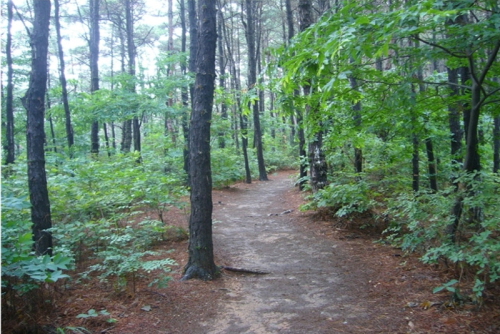
Biodiversity conservation success stories
Fortunately, all is not bleak in terms of biodiversity loss: a number of projects around the world have succeeded in conserving and even restoring biological health to ecosystems.
The Convention on Biological Diversity created a “clearing house” of biodiversity conservation success stories as a part of its celebration of the International Year of Biodiversity in 2010. Among the stories covered:
- South Korea’s National Forest Rehabilitation Project, a decades long initiative to reverse heavy deforestation in the Asian nation.
- The establishment of mangrove protection sites in Southeastern India.
- Individual efforts in Michigan and Vancouver.
- Agro-biodiversity initiatives in the country of Georgia.
- Guatemala’s Maya Biosphere Reserve (MBR), which contains “17 natural ecosystems, more than 40 species of mammals, 256 species of birds, 97 species of reptiles, 32 species of amphibians and 55 species of fish, as well as cedars, pines, bread-nut trees, gum trees, relict mangroves (the most inland occurrences of mangrove in the Yucatan Peninsula), rare molluskbased reefs, caves and cenotes within its borders.”
- The establishment of a coastal protection network in Guinea Bissau (which you can learn more about in the video below)
Image credit: HanKooKin at Wikimedia Commons under a Creative Commons license
Note: Some of the resources mentioned in this guide were originally found at Wikipedia’s Biodiversity page; I confirmed their authority and reliability before sharing them in this post.


planetnurse
Excellent primer on the concepts. I would submit that most people would consider the interrelationships and synergy, but ultimately will return to the question of how this affects their own daily lives. (Sustainablog readers likely represent a more ecologically sensitive subpop and already have some understanding of the significance). The link to the interim executive summary from the CHGE is helpful, but tedious.
If we could also view the loss of biodiversity through a cultural heritage lens, we might see that the habitat destruction and introduction of nonnative traditions threatens us in significant, measurable ways. Indigenous people around the world have been forced from their land, unable to grow and eat the crops they have evolved to most efficiently process. Consequently, they are vulnerable to the diseases once associated with wealth – diabetes, coronary artery disease, cerebral vascular disease. Witness the Pima Indians of the American Southwest with the highest Type 2 Diabetes incidence in the US. There are so few of us who do not worry about our health, or the health of our children.
Even people who do not consider themselves native or indigenous suffer for the loss of biodiversity – as we feed the world increasing quantities of corn and wheat, we rob ourselves of the unique practices of our cultures, our climates, our microclimates. As we are witnessing, the gap between the Northern and Southern hemispheres, the rich and the poor, the healthy and the ill, is widening.
Great metaguide. Consider also the International Institute for Economic Development as a resource. Free downloads of books, reports, papers, etc. (no disclosure to report). http://www.iied.org/pubs
Jeff McIntire-Strasburg
@planetnurse — Thank you for the kind words, and the additional concepts… immensely helpful! I’ll definitely take a look at the IIED resources, and get them in…